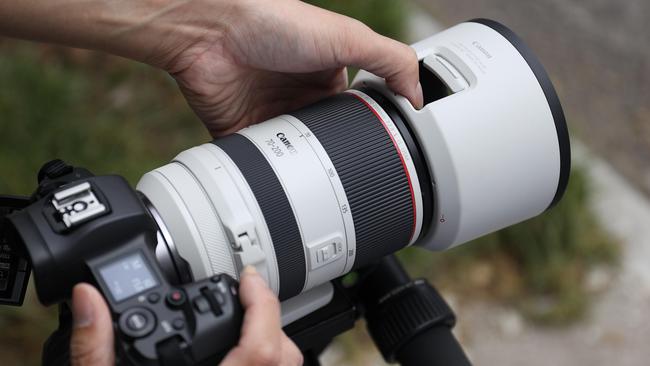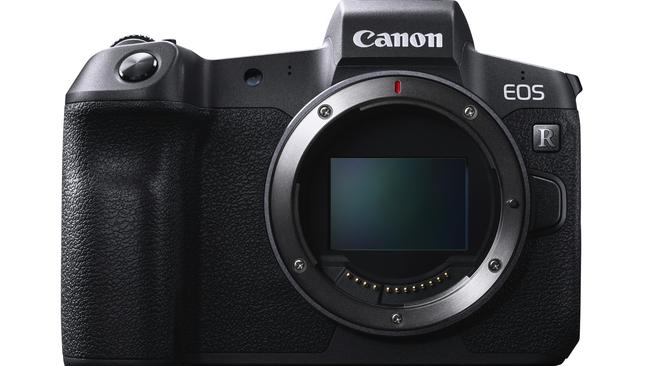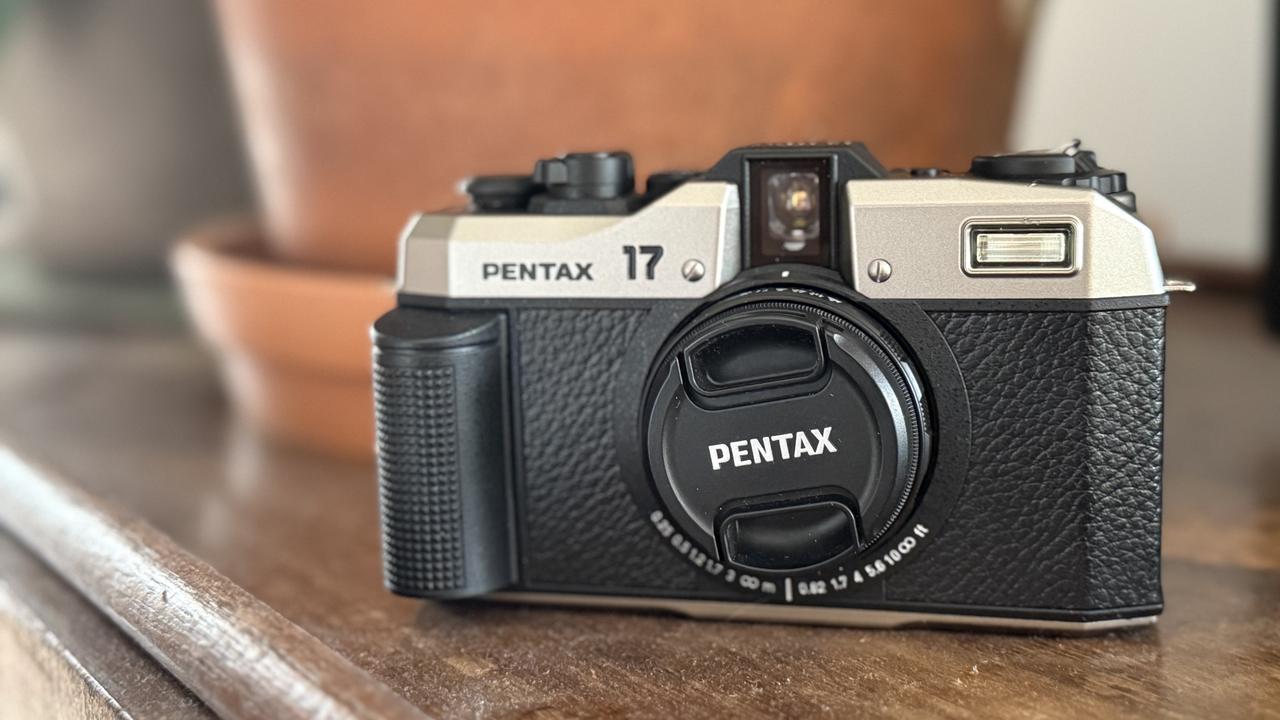Review: Canon Eos R light and right in a tight space
Canon’s Eos R offering is a full-frame mirrorless marvel that offers quality without the quantity.

Ever wondered if there’s a connection between ever-tighter carry-on baggage limits on aircraft, and camera manufacturers committing to more mirrorless offerings?
Point-and-shoots aside, camera gear - good camera gear - is traditionally heavy and, let’s be honest, a bit of a pain to travel with.
But die-hard photographers are prepared to run the carry-on baggage-limit gauntlet, and drag their prized cameras around in a backpack through the wilds of Paris or Peru, because they know they’ll emerge with great photos at the other end.
Quality DSLRs can be heavy, and bulky, if not as heavy and bulky as the quality glass they require to deliver their best.
That’s why I was surprised to see the size of Canon’s Eos R offering, a full-frame mirrorless marvel that offers quality without the quantity.
On the scales, the Eos R weighs in at a trim 660 grams. Add in Canon’s 24-105 (525 grams) and the new 70-200 (1200 grams) and I have a total weight of 2.385kg. That gives me a travel kit capable of delivering 30.3 megapixel images via a full-frame sensor from 24mm-200mm.
To get matching coverage from my existing kit - Nikon D810 DSLR, 24-70 f2.8 Nikkor lens and 70-200G2 Tamron - total weight is 3.35kg. Just on a kilo more.
The Eos R outfit with 24-105 and RF 70-200 lens is also noticeably physically smaller than my current travel kit.
The RF 70-200 is surprisingly compact - a colleague referred to it as a ‘sawn-off’ (as in shotgun).
It achieves this through the inner zoom barrel extending from the outer, as opposed to a full internal zoom like the Tamron, Nikon or more traditional Canon designs.
Canon advertises the lens as dust and water resistant and the unit feels very travel-ready and robust.
The lens boasts a five-stop stabiliser that works well - on an early morning shoot I was surprised at the effectiveness of stabilisation.
It’s also very sharp and a brilliant piece of lens design. Pro-quality 70-200s have traditionally been large (hefty) units that deliver great results, but aren’t particularly travel friendly.
Some manufacturers deliver similar quality with lighter weight by reducing the brightest aperture to f4, allowing for a narrower barrel and less weight at the expense of light. The Canon, though, achieves lightness and brightness (and sharpness) which is quite a feat.
Also sharp was the 24-105, a handy zoom range which bundled as a kit lens with the EOS R. It’s also a nice piece of kit for travel.

The Eos R is noticeably smaller in my hand than the existing DSLR and the camera’s ergonomics took a little time to adjust to - but it wasn’t too small.
Back-button focus worked as expected, there’s a new touch-sensitive rectangular pad called a multifunction bar to its immediate left, eye detect AF (the camera focuses on eyes when photographing people), 4k video (@30p), an optional battery grip, and up to eight frames per second shooting speed.
Native ISO is 100-40,000, with expanded ISO down to 50 and up to 51,200, with an additional H2 setting of 102,400. Sample images online suggest reasonably good results in available light at 12,800.
There’s also a 5-year warranty.






